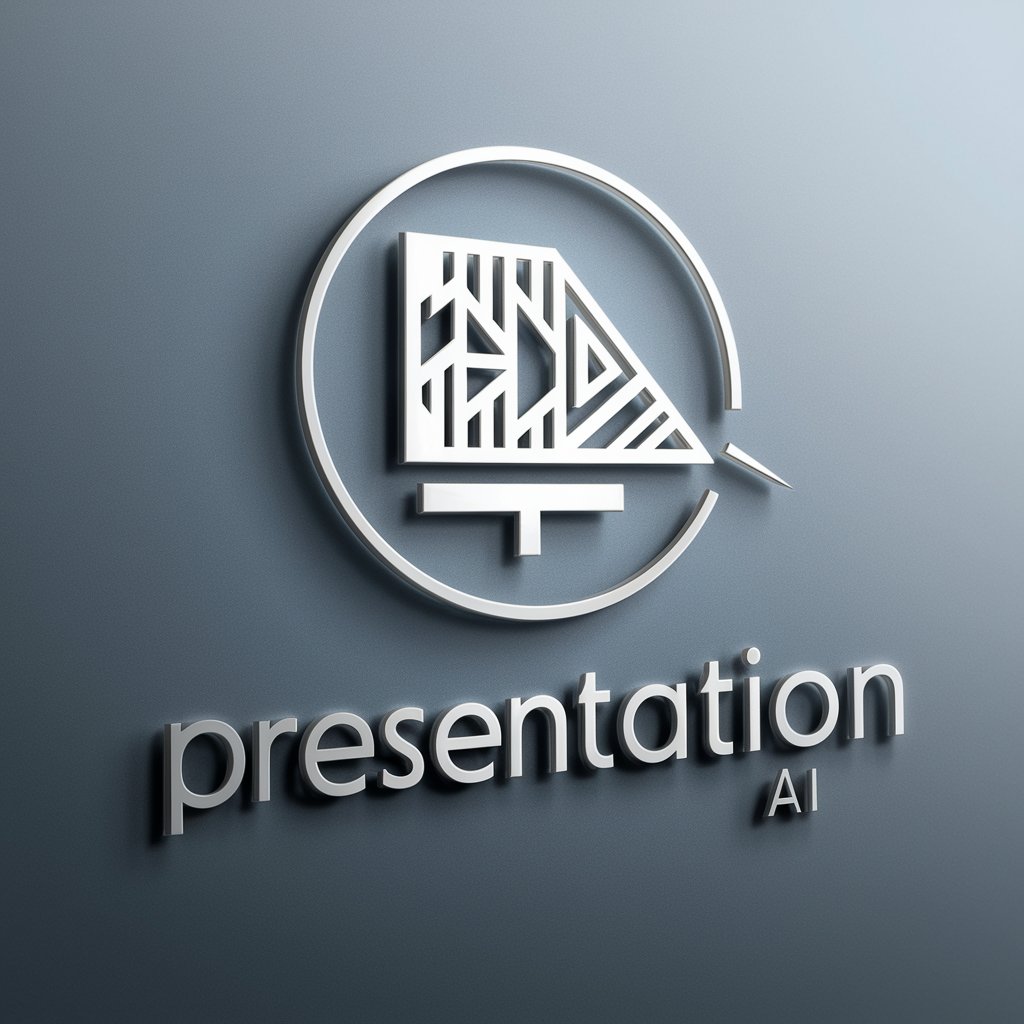Data Analytics - Data Insights and Analysis

Welcome to your guide for 'ChatGPT for Data Analytics'!
Unlock Insights with AI-Powered Analysis
How do you use ChatGPT for data analysis?
Work out an example use case
What are the top plugins for data analysis?
What's Luke's course about?
Get Embed Code
Introduction to Data Analytics
Data Analytics refers to the process of examining, cleaning, transforming, and modeling data with the goal of discovering useful information, informing conclusions, and supporting decision-making. It encompasses a variety of techniques and tools from statistics, computer science, and machine learning to analyze data in various forms, be it structured or unstructured. Data analytics is designed to turn large volumes of data into actionable insights, enabling businesses, researchers, and professionals to make informed decisions. For example, in the healthcare sector, data analytics might be used to analyze patient records and historical health data to predict disease outbreaks, improve patient care, and optimize operational efficiency. Powered by ChatGPT-4o。

Main Functions of Data Analytics
Descriptive Analytics
Example
Analyzing sales data to determine trends over time.
Scenario
A retail company uses descriptive analytics to review historical sales data, identifying which products sell best during certain times of the year. This information helps in planning inventory and marketing strategies.
Diagnostic Analytics
Example
Investigating a sudden drop in website traffic.
Scenario
A digital marketing team uses diagnostic analytics to examine web analytics data, identifying that the drop in traffic coincided with a website update. They pinpoint that a technical issue during the update caused the website to load slowly, leading to reduced visitor engagement.
Predictive Analytics
Example
Forecasting future sales based on historical data.
Scenario
Using predictive analytics, a financial analyst at a manufacturing firm models past sales data against economic indicators to forecast future sales. This enables the company to adjust production schedules and budget allocations in anticipation of market changes.
Prescriptive Analytics
Example
Recommending personalized marketing strategies.
Scenario
An e-commerce platform employs prescriptive analytics to analyze customer purchase history and browsing behavior. It then recommends personalized marketing actions, such as targeted emails or discounts, to increase customer engagement and sales.
Ideal Users of Data Analytics Services
Business Executives
Executives rely on data analytics to make informed decisions about strategic directions, market opportunities, and operational efficiencies. Data-driven insights help them to understand market trends, customer behavior, and the competitive landscape.
Data Scientists and Analysts
These professionals are the primary users of data analytics tools and techniques. They analyze data to uncover patterns, predict trends, and provide actionable insights to inform business strategies and processes.
Marketing Professionals
Marketing teams use data analytics to understand customer preferences, campaign performance, and market trends. This enables them to craft targeted marketing strategies that improve customer engagement and ROI.
Healthcare Providers
Healthcare professionals use data analytics to improve patient care, manage hospital operations, and predict disease outbreaks. Analyzing patient data helps in early diagnosis, treatment personalization, and operational decision-making.

How to Use Data Analytics
1
Start with a free trial at yeschat.ai, accessible without any login or subscription requirements, including ChatGPT Plus.
2
Identify your data analysis goals, such as uncovering trends, forecasting future patterns, or optimizing business processes.
3
Gather and prepare your data for analysis. Ensure the data is clean, structured, and relevant to your analysis objectives.
4
Utilize analytics tools and techniques available on the platform to analyze your data. This may include statistical analysis, machine learning models, or data visualization.
5
Interpret the results to make informed decisions or predictions. Apply the insights gained to improve business strategies, operational efficiency, or market understanding.
Try other advanced and practical GPTs
Human Doctors AI expert
Empowering Doctors with AI Insight

Presentaion
Craft Engaging Presentations Effortlessly

Nurse Educator
Simplifying Complex Medical Knowledge with AI

Attraction Guru
Unlock Love's Potential with AI

GARY
Empowering Your Words with AI

Website Blog Writer
Empower Your Writing with AI

TVU 智能客服
Empower your customer service with AI

Promo
Unlock savings with AI-powered deals

CryptoCompass
Demystifying Cryptocurrency with AI

Confession Companion
Empathy at your fingertips.

K-12 Science of Reading
Empower Reading with AI Insights

Structural Engineering
Empowering construction with AI-driven engineering

Frequently Asked Questions about Data Analytics
What is data analytics?
Data analytics involves examining, cleansing, transforming, and modeling data with the goal of discovering useful information, informing conclusions, and supporting decision-making.
How can I ensure data quality before analysis?
To ensure data quality, start by removing duplicates, correcting errors, and dealing with missing values. Standardizing your data format and validating the data against known parameters or rules are also crucial steps.
What are some common data analytics tools?
Common tools include SQL for data querying, Python and R for data manipulation and analysis, and visualization tools like Tableau and Power BI for presenting findings.
How does machine learning integrate with data analytics?
Machine learning can automate the identification of patterns and the prediction of future trends based on historical data, enhancing the capabilities of traditional data analytics.
Can data analytics predict future trends?
Yes, through predictive analytics, which uses historical data and statistical models to forecast future events, trends, and behaviors with a reasonable level of reliability.
